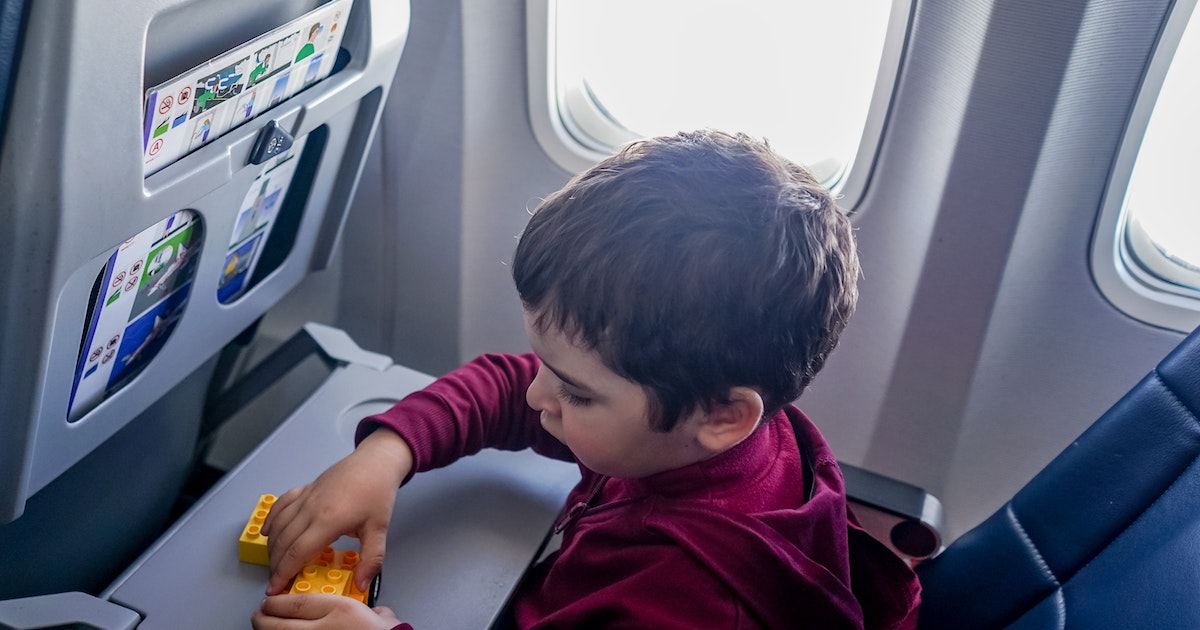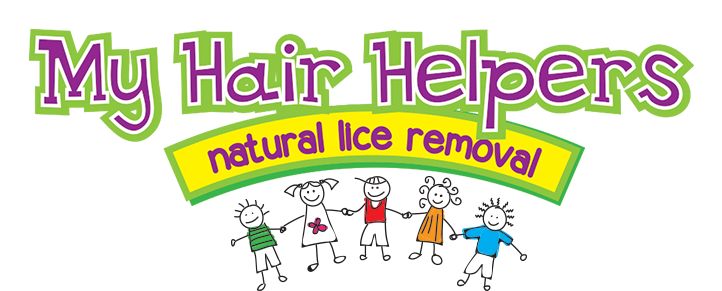With spring break just a few weeks away, many families are making plans that involve flying by plane. A common question we hear from families is whether or not they can get head lice from an airplane. After all, a lot of people are packed into a small space and sharing headrests, so it would make sense that head lice can travel this way, right?
Experts say that while it’s rare to get head lice from a plane seat, it is possible. Being vigilant can help prevent the spread. If you do happen to catch head lice from a plane seat, you won’t know about it until several weeks later when itchy spots from the bites develop.
With this in mind, if you’re on vacation and all of a sudden start itching your head, it’s either not head lice or you picked up lice from somewhere else, such as your child’s school or daycare. Let’s learn more about how head lice can spread on an airplane and what you can do to protect you and your family.
Why It’s Possible to Get Head Lice from an Airplane
Head lice can’t fly or jump. They’re wingless and spread by crawling onto a host and laying eggs. Here is an example of how this can happen on an airplane.
Let’s say that a person who is infected with lice sits in the same seat you will soon sit in. They lie their head on the headrest and take a nap. During this time, a louse crawls onto the headrest and is capable of surviving up to 48 hours without a host.
Now, the plane lets everyone off and your group starts boarding. If you sit in the seat where there’s a louse crawling around, it can be cross-transferred to you. To protect yourself from getting head lice, the best thing you can do is wipe down the headrest before sitting down.
While airplanes are only deep cleaned about once a month, head lice can only survive one or two days without a host. So even if you happen to ride on a plane that hasn’t been cleaned, your risk of catching head lice is still very low.
Tips for Avoiding Head Lice While Traveling
To avoid head lice on an airplane or other types of public transportation, here are a few easy tips to follow.
- Wipe down the headrest with a wipe. Many people wipe down their seats to prevent the spread of germs and bacteria, so you won’t look out of place!
- Wear the hair tied back. Long hair is flowy, so it’s easier for lice to grab onto it and climb onto the scalp. For those in the family with long hair, tie it back into a ponytail or braid.
- Use lice prevention products. Try My Mint Spray from My Hair Helpers. Just a few spritzes of our lice spray is all you need to deter lice from crawling onto your head.
- Keep heads away from others. Planes are tight, but try to keep your head away from other people, as this is how most cases of lice spread. You’d be surprised at how long hair can get around!
Vacations are meant to be fun, so enjoy your spring break – lice shouldn’t stop you! But if you are concerned about picking up lice on an airplane or other type of public transportation, follow the tips above for safe travels!


